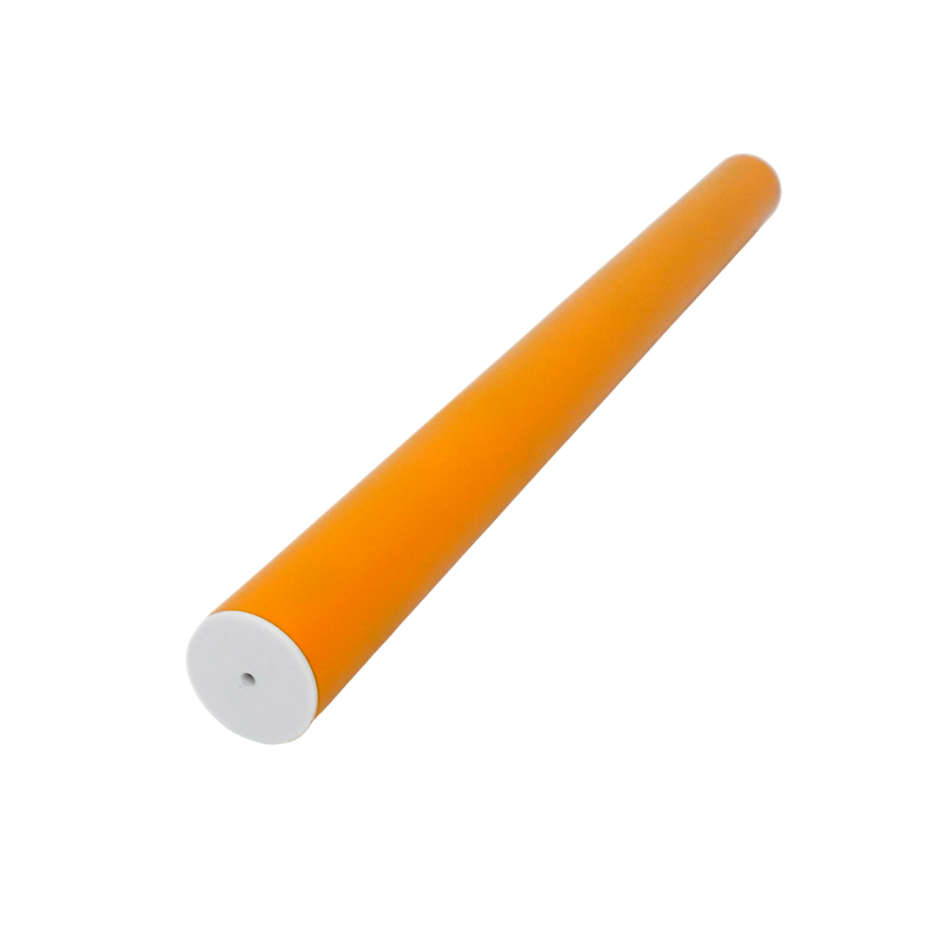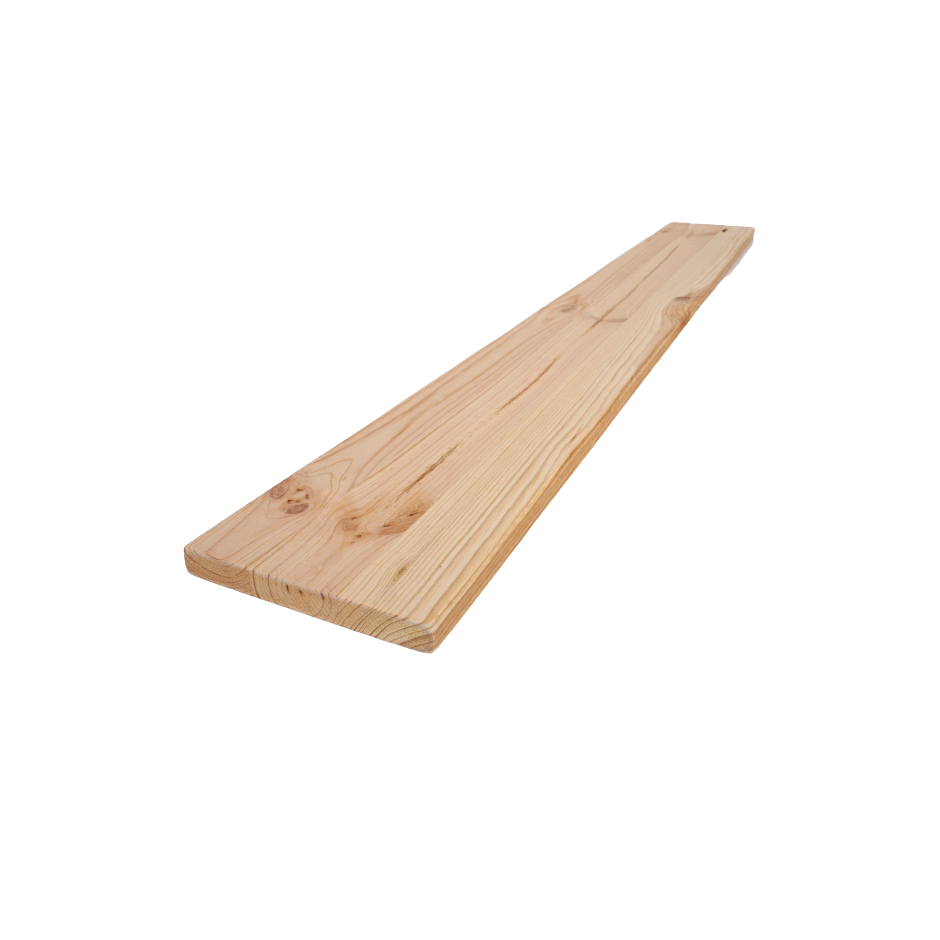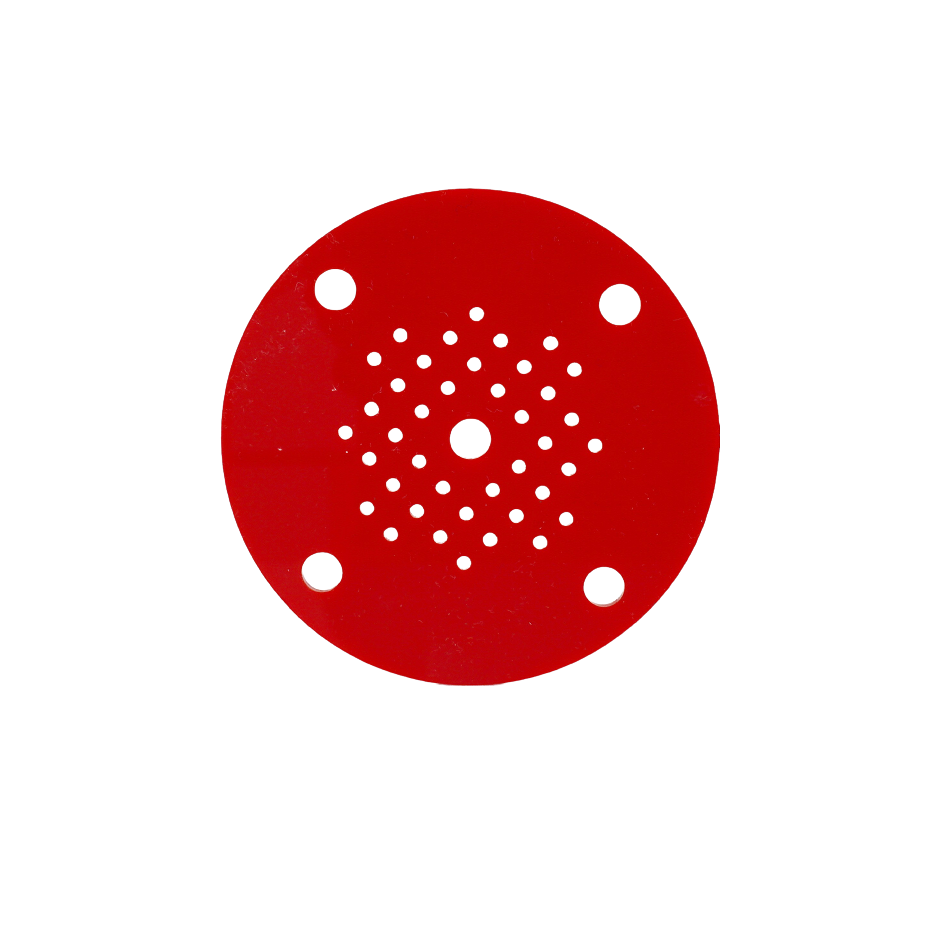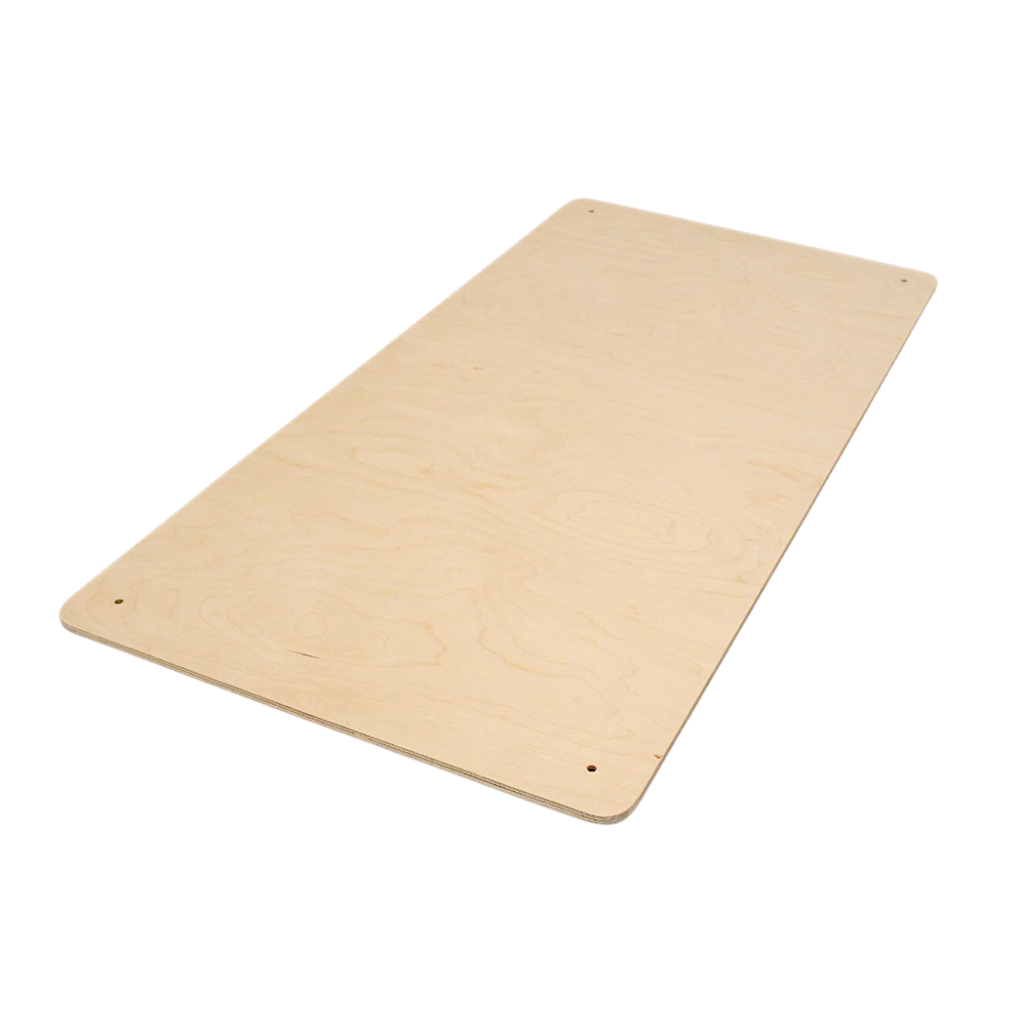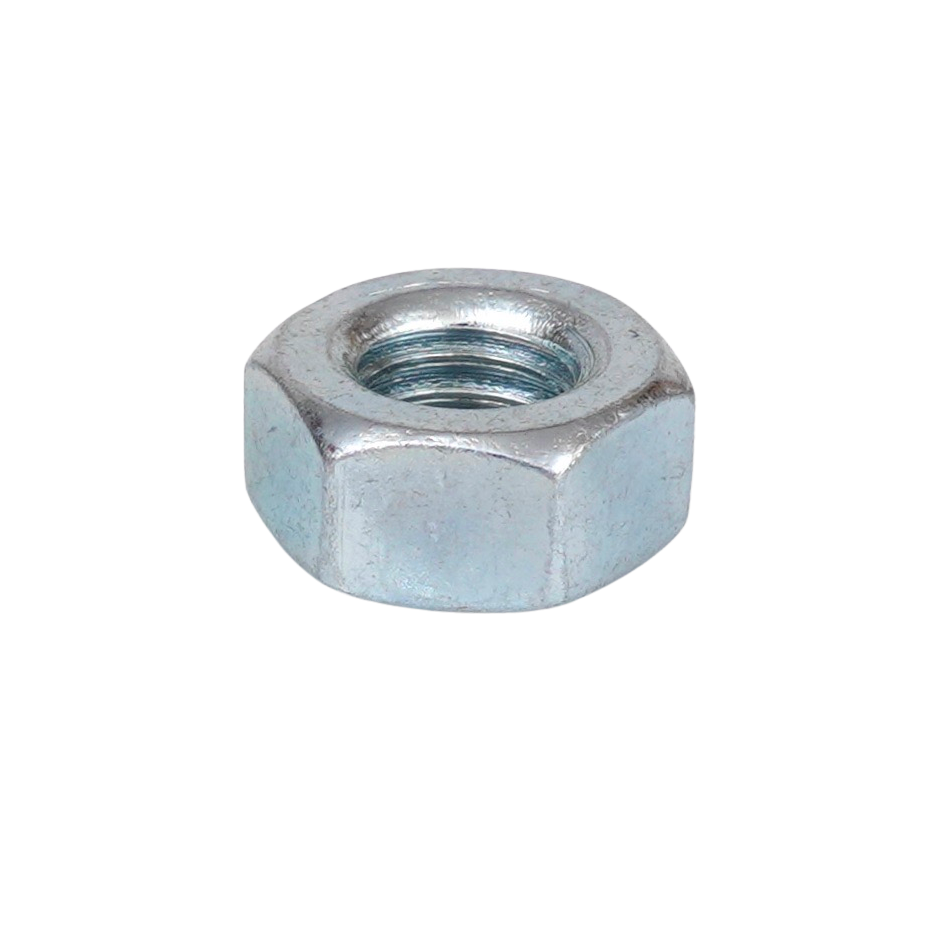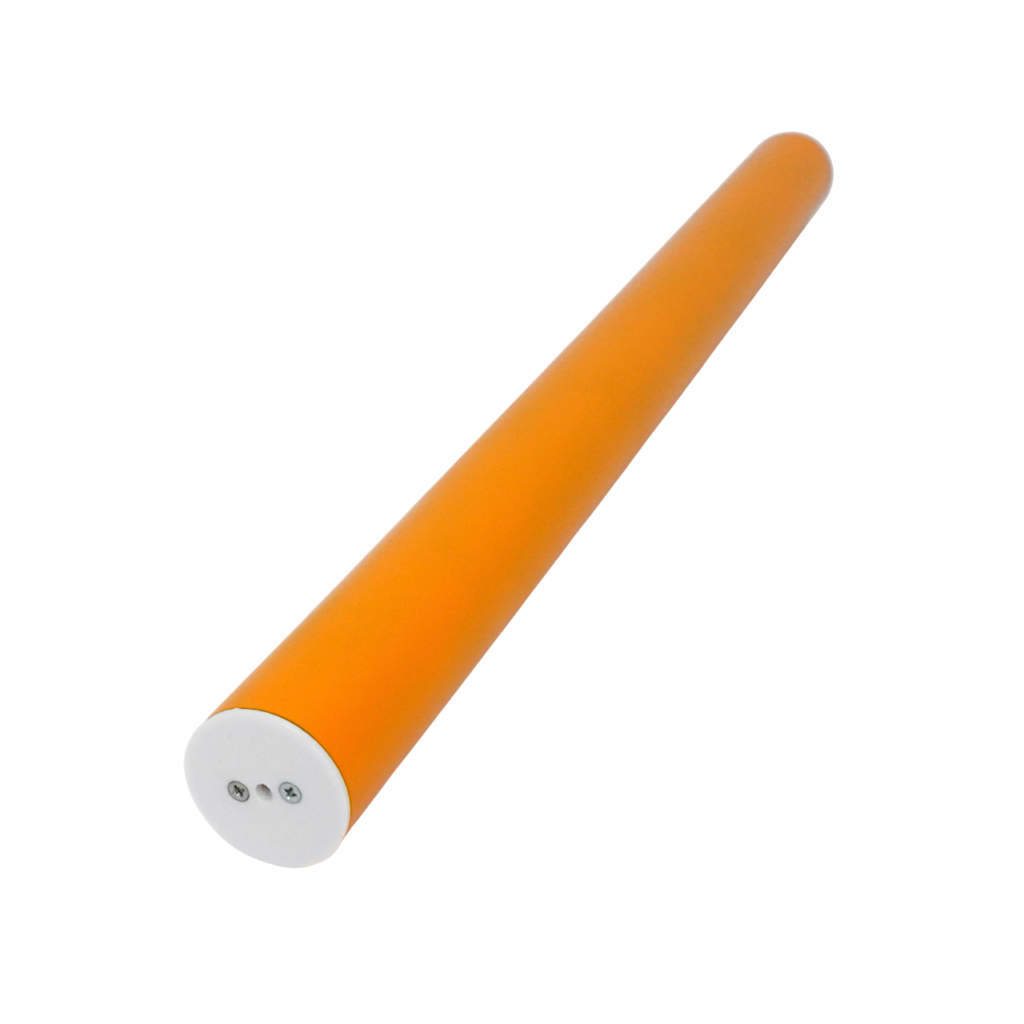
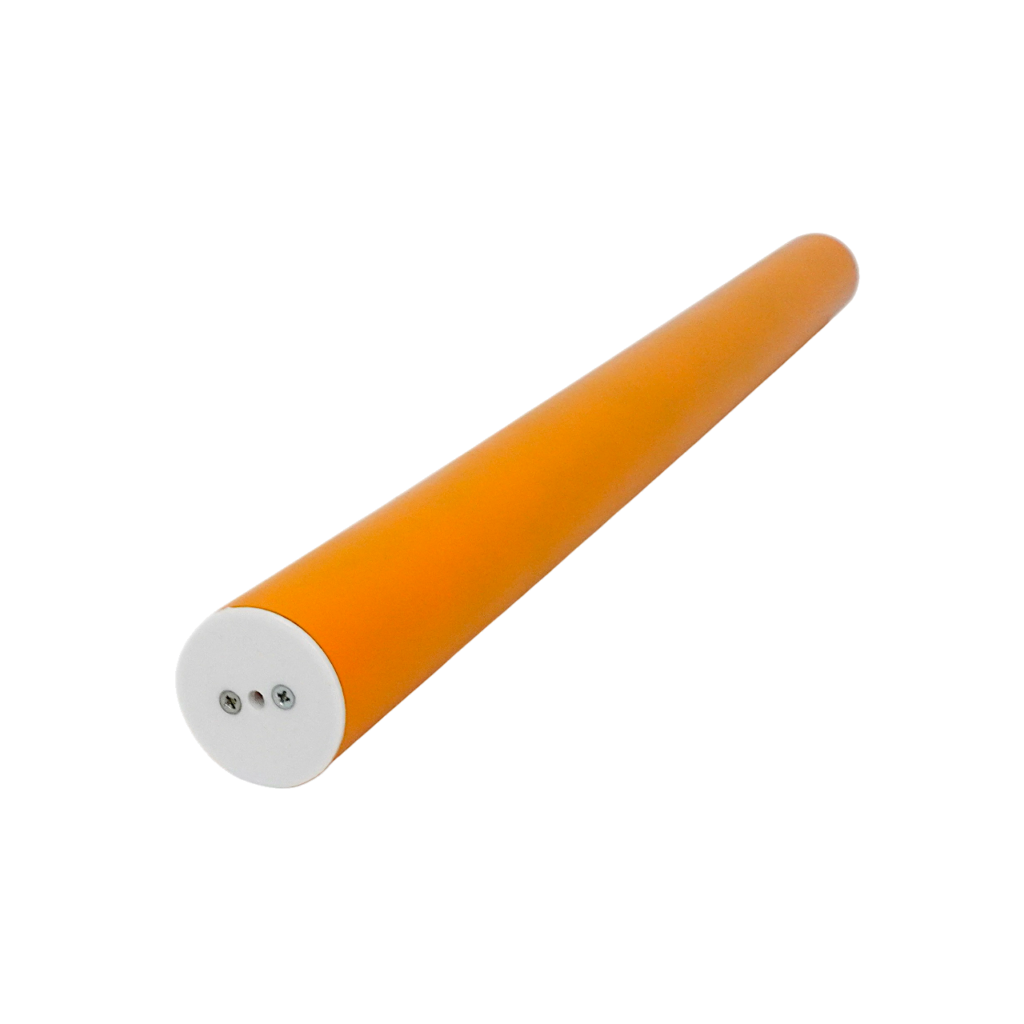
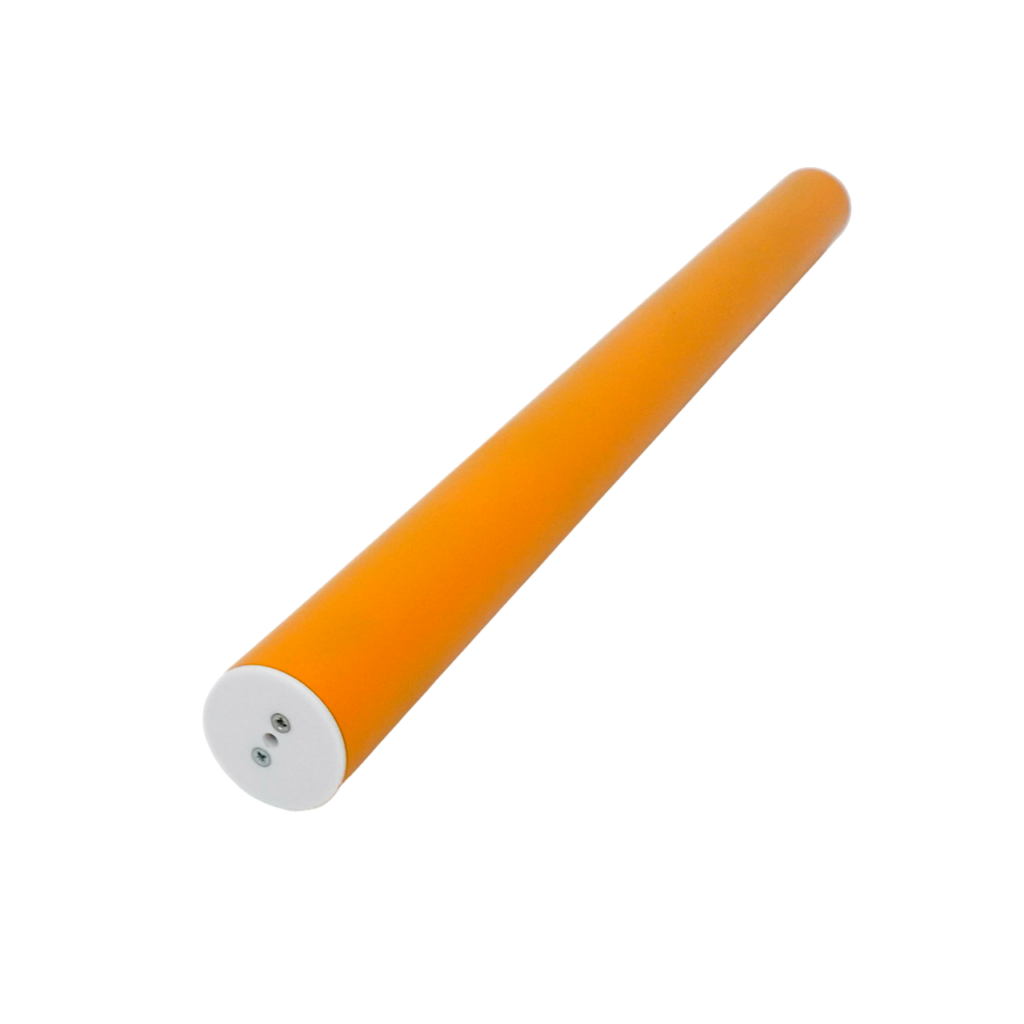
Basic Info
- What is it: a rod
- Material: strong | standard tolerance
- Dimensions: length fixed to 690mm, diameter ~50mm and subject to standard tolerance
- Holes: none, but there needs to be M6 insert nuts on both sides going in at least 30mm.
Exchangeability
- This part is an Elephant Rod. The original Elephant Rods were introduced by Parker Haynes via the Elephant Shelf. The rods proved to be particularly useful. And so other versions were introduced in addition to the original version (part numbers 095.-). Namely thicker (⌀ ~50mm, part numbers: 129.-) for more strength and contact surface and thinner (⌀ ~20mm, M4 threads, part numbers 112.-) for applications that are exposed to less stress and can therefore save material and volume. The versions may be interchangeable. Depending on how much thickness is needed for the respective set or how much space the design of the set provides for the rods.
Get the part
- Buy: Available as local make
- Make: See box below

Elephant Rod Making Box
Ikego has various parts in the system that are tubes or beams with internal threads on both sides (095._, 112._, 129._). There are different ways to make them. Some of them are documented here:
1 solid material

Designer Parker Haynes, who originally introduced this type of part into the system (via the Elephant Shelf) has shared a how-to for inserting screw-in nuts into solid wooden (or plastic) poles. See PDF here.
2 pipes with (3d printed) inserts

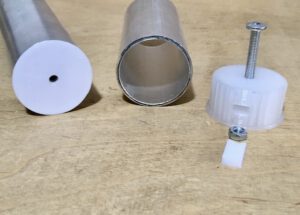
You can buy tubes put inserts into them. These can be made of solid material and can also be 3D printed. In the meantime, a small collection of directly printable inserts has been created and shared for various pipe diameters. Download STLs for them here:
Remark on 3d printed inserts:
- If the pipe is strong (e.g. aluminium) and you print the exact diameter, you may not need to glue or screw the insert in. You might get lucky and it will just stay in.
- Most of the inserts shared work with a channel for a regular M6 nut. So the thread is metal. Usually there is also a “lock” that helps to keep the nut in place and avoid that it spins and break the plastic. Of course, this part needs to be printed with a strong infill, because the part is holding the nut in place, and if you’re going to put a lot of pressure on it to ensure a stable connection, the 3D printed walls need to be able to withstand that pressure. If the component is not strong enough, the M6 nut will break the walls and start to rotate inside the component.

Meta
- Introduced by: Béla Raketa via Spaghetti Table | Initial post | Initial post backup.PDF
- Open: Shared under IPP 1.0
- Disclaimer: This part is just a concept and not fully tested. You should not assume that it works as indicated and I am not saying that it does. I disclaim any responsibility or liability for any damage caused during the construction and use of products based in whole or in part on the concept shown here. All information is provided for your use at your own risk.
Download Portal
Most parts have open design and manufacturing files you can download and work with.
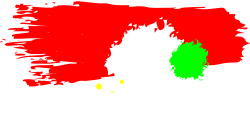
More Parts
049.2 – Board 135x1020x16mm
021.3 – Disk ⌀ ~75mm, 6mm holes
117.3 – 15° bend, 90mm high
052.1 – Bendable sheet 300x85mm
128.1 – Board ~990x510x21mm
055.1 – Rubber band 300mm
089.1 – M6 nut
042.1 – M4 knurled nut
Play ↻
Do you have any new ideas on how to use these parts? Share it.
